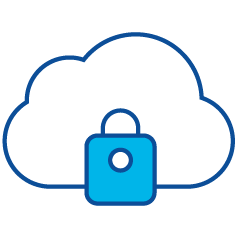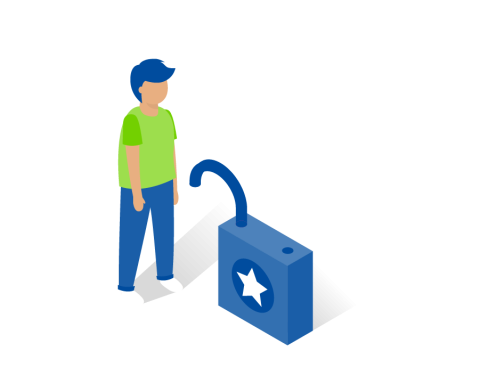This article is part of a report called Genomics in Victoria: What’s changed in 10 years? The information in this article is current as at October 2023.

Flash drives were once used to transport the blueprints of human beings – because laboratories lacked the capability to store and share them.
One of the first challenges for the newly-formed Melbourne Genomics Health Alliance was to provide a platform for members to collaborate on genomic testing. While existing software tools could sequence and analyse genomic data, nothing on the market was capable of moving gargantuan genomic datasets between those tools.
Doctors, scientists, bioinformaticians and developers worked together for six years to build a software platform that could orchestrate a genomic test from beginning to end. Cloud computing was used at every step.
In 2019, laboratories began to use the platform – then called GenoVic – for live tests. New tools were integrated, and GenoVic was able to share data with other laboratory systems and even electronic medical records.
The next step was to enable laboratories to reanalyse data stored in the cloud, to find new answers for patients. Laboratories could even share data with each other, with strict governance processes in place to ensure patient consent and privacy.

By 2023, six laboratories had used GenoVic to run over 20,000 genomic tests and it was time to go nationwide. The platform was renamed Genomical® – a word first coined by researchers who recognised that ‘astronomical’ was insufficient to describe the big data generated by genomics.1 In 2024, a new company called Transcendomics was established to manage the platform.
With Australia close to finalising a national approach to genomic information management, a platform like Genomical will be key to protecting Australians’ genomic data and using it meaningfully in their healthcare.
Sources
‘Big Data: Astronomical or Genomical?’ Stephens et.al, PLOS Biology (2015) https://doi.org/10.1371/journal.pbio.1002195
